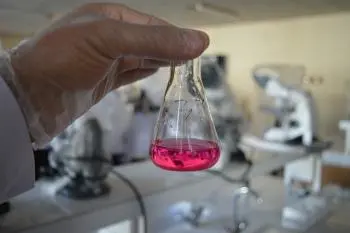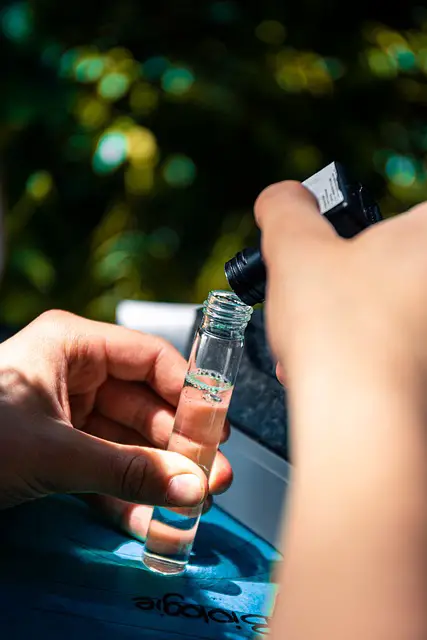
The basic concepts of chemistry are the essential foundations that allow us to understand how matter works and how its components interact at the atomic and molecular level.
Knowing these concepts is essential because chemistry is a central science that is applied in numerous aspects of everyday life, from the production of food and medicine to environmental conservation and technology.
Below I show you some of the basic concepts of chemistry:
Atoms and elements

For example, uranium is a chemical element that has 92 protons in its nucleus. Elements can combine to form chemical compounds.
Chemical compounds
Chemical compounds are substances formed by the combination of two or more elements in fixed proportions. Each compound has a chemical formula that shows the number of atoms of each element in the molecule. For example, water (H2O) is made up of two hydrogen atoms and one oxygen atom.
Chemical compounds have properties different from the elements that compose them. The combination of atoms in a compound determines its unique physical and chemical properties.
Chemical links
Chemical bonds are forces that hold atoms together in molecules and chemical compounds. These bonds are formed when atoms seek to reach a more stable electronic configuration, that is, when they fill their energy levels or electronic shells. There are two main types of chemical bonds: covalent bonds and ionic bonds.
Covalent bonds
In covalent bonds, atoms share pairs of electrons to achieve stability. This type of bond is common in molecules made up of non-metallic elements.
Ionic bonds
In ionic bonds, atoms transfer electrons to form positively and negatively charged ions that attract each other. This occurs in compounds formed by metallic and non-metallic elements.
Chemical reactions
 Chemical reactions are processes in which bonds between atoms are broken and new bonds are formed, leading to the creation of new substances. In a chemical reaction, reactants are transformed into products.
Chemical reactions are processes in which bonds between atoms are broken and new bonds are formed, leading to the creation of new substances. In a chemical reaction, reactants are transformed into products.
For example, the combustion of methane (CH4 ) in air produces carbon dioxide (CO2 ) and water (H2O). This chemical reaction releases energy in the form of heat and light.
State of matter
Matter can exist in three main states: solid, liquid and gas. These states depend on temperature and pressure. In a solid, the particles are close together and have an ordered structure. In a liquid, the particles are further apart and can flow. In a gas, the particles are widely separated and move freely.
The change from one state to another is called a phase change. For example, the evaporation of liquid water to vapor is a phase change.
Chemistry focuses on the properties and behaviors of chemical substances in different states of matter, as well as how these substances can be transformed through chemical reactions.
pH and acidity
pH is a measure of the acidity or alkalinity of a substance. The pH scale goes from 0 (most acidic) to 14 (most alkaline), with 7 being neutral. Substances with a pH below 7 are acidic, while those with a pH above 7 are alkaline or basic.
For example, lemon juice has an acidic pH due to its citric acid content, while baking soda is alkaline.